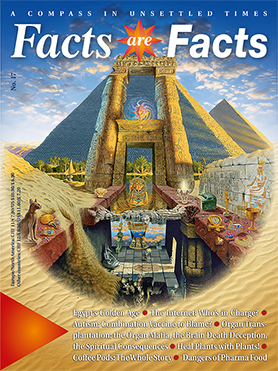This is the news archive of Facts are Facts.
You can find our recent articles in the section Latest.
Can Liquids On Planes Really Bring One Down?
Many experts believe that binary liquid explosives (explosives created by mixing two otherwise harmless liquids together) are neither as easy to make or as feasible to use in a terrorist action as the mainstream media has implied in the wake of the recent British terrorism arrests.
It has been claimed that the suspects were planning to use triacetone triperoxide (TATP), a high explosive that can be made from common household chemicals.
The ingredients of TATP include hydrogen peroxide, acetone, and sulfuric acid, all of which are relatively easy to obtain, but mixing them safely would also necessitate bringing several frozen gel-packs, a thermometer, a large beaker, a stirring rod, and a medicine dropper on board the plane with you.
The ingredients must be mixed precisely, drop by drop, watching the reaction temperature carefully, or the result will be a weak explosive that may explode prematurely, killing the mixer but no one else.
The process takes a few hours, during which time the mixture will release strong-smelling fumes. It then must be dried for several hours. This will likely result in an amount of TATP that could be used to blow out several windows, and possibly depressurize the aircraft, but not an amount that would bring down the plane.
Sources
- The Register August 17, 2006
- Slashdot August 17, 2006
- YouTube.com August 16, 2006





